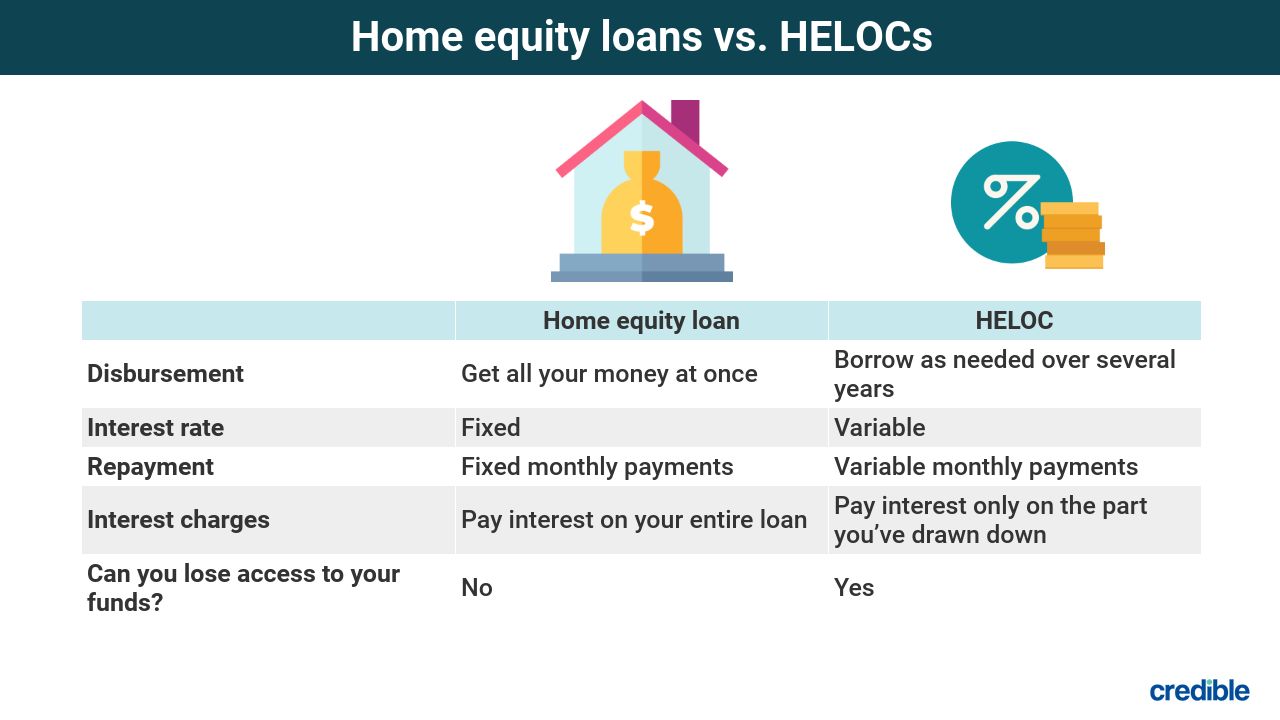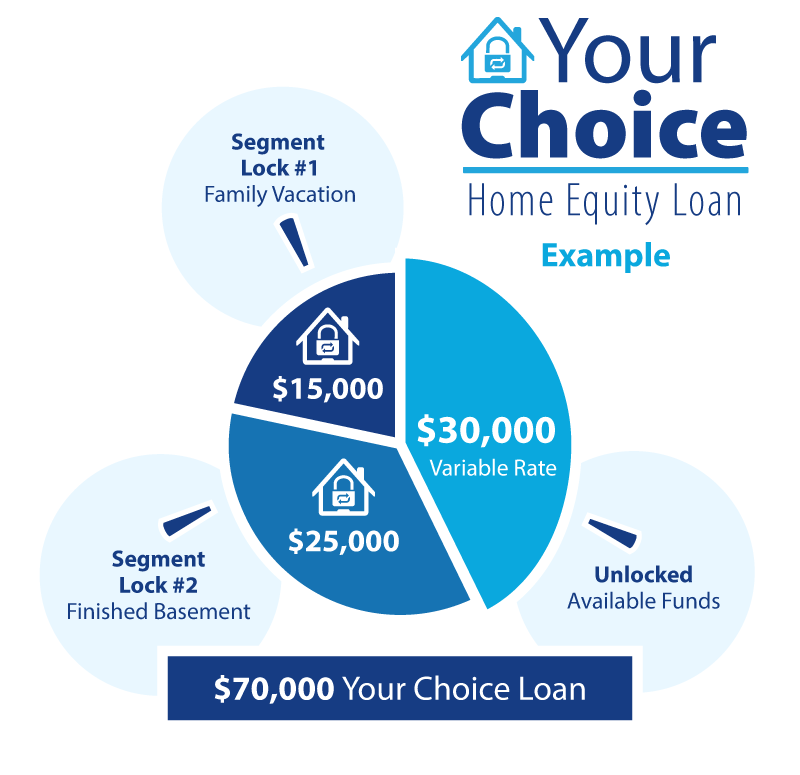Home Equity Loan Guide: How to Use and Certify
Home Equity Loan Guide: How to Use and Certify
Blog Article
Demystifying the Credentials Process for an Equity Finance Authorization
Browsing the certification process for an equity lending authorization can typically look like decoding a complex problem, with various aspects at play that figure out one's eligibility. From strict credit history demands to precise home assessments, each step holds significance in the loan provider's decision-making process. Recognizing the interaction between debt-to-income ratios, loan-to-value proportions, and various other crucial criteria is vital in safeguarding approval for an equity lending. As we dig much deeper right into the details of these demands, a more clear course arises for prospective borrowers looking for financial take advantage of through equity car loans.
Key Eligibility Criteria
To get an equity finance approval, meeting particular vital qualification requirements is crucial. Lenders usually require applicants to have a minimum credit history, often in the variety of 620 to 700, depending upon the organization. A strong credit report, showing a liable repayment track record, is additionally important. In addition, lending institutions examine the candidate's debt-to-income ratio, with many choosing a ratio listed below 43%. This shows the consumer's ability to handle additional financial debt responsibly.
Furthermore, lenders assess the loan-to-value ratio, which contrasts the amount of the finance to the appraised value of the residential property. Satisfying these essential eligibility requirements enhances the probability of protecting authorization for an equity financing.
Credit Report Significance

Credit history usually vary from 300 to 850, with higher ratings being much more desirable. Lenders commonly have minimum credit report requirements for equity car loans, with scores over 700 typically taken into consideration excellent. It's necessary for candidates to assess their credit report reports consistently, examining for any kind of errors that might adversely affect their scores. By keeping a great credit history with timely expense repayments, low credit scores utilization, and liable borrowing, applicants can boost their chances of equity car loan authorization at affordable rates. Comprehending the importance of credit rating and taking actions to boost them can substantially influence a customer's economic possibilities.

Debt-to-Income Proportion Analysis
Provided the essential role of credit report in determining equity funding approval, one more important element that lending institutions analyze is a candidate's debt-to-income ratio evaluation. The debt-to-income ratio is a crucial financial metric that supplies understanding into a person's capacity to take care of additional debt sensibly. Lenders determine this ratio by splitting the total month-to-month debt obligations of an applicant by their gross monthly earnings. A reduced debt-to-income ratio shows that a customer has even more revenue available to cover their debt repayments, making them a much more eye-catching prospect for an equity finance.
Lenders usually have specific debt-to-income ratio needs that consumers must fulfill to receive an equity car loan. While these needs can differ amongst loan providers, a typical benchmark is a debt-to-income proportion of 43% or reduced. Borrowers with a higher debt-to-income ratio might encounter obstacles in safeguarding authorization for an equity funding, as it suggests a higher threat of back-pedaling the finance. Equity Loan. It is vital for candidates to assess and potentially lower their debt-to-income proportion prior to using for an equity lending to enhance their possibilities of authorization.
Home Appraisal Needs
Assessing the value of the property with a detailed evaluation is an essential step in the equity finance approval process. Lenders need a home assessment to make sure that the home gives sufficient security for the funding amount requested by the consumer. Throughout the residential or commercial property evaluation, a qualified appraiser examines different elements such as the home's problem, size, area, similar home values in the location, and any additional reading kind of special functions that might impact its general well worth.
The home's assessment worth plays an important duty in establishing the optimum quantity of equity that can be borrowed against the home. Lenders generally need that the evaluated worth fulfills or goes beyond a certain percentage of the finance amount, referred to as the loan-to-value ratio. This proportion aids alleviate the lending institution's danger by ensuring that the residential property holds enough worth to cover the finance in case of default.
Ultimately, an extensive residential property evaluation is important for both the borrower and the lender to precisely evaluate the building's worth and figure out the feasibility of giving an equity financing. - Home Equity Loan
Comprehending Loan-to-Value Proportion
The loan-to-value ratio is a key economic statistics made use of by loan providers to analyze the threat connected with providing an equity loan based on the home's evaluated worth. This proportion is calculated by separating the quantity of the funding by the evaluated value of the residential property. For instance, if a residential or commercial property is assessed at $200,000 and the lending amount is $150,000, the loan-to-value proportion would certainly be 75% ($ 150,000/$ 200,000)
Lenders utilize the loan-to-value ratio to determine the level of danger they are handling by providing a car loan. A greater loan-to-value ratio shows a greater danger for the lending institution, as the customer has less equity in the property. Lenders usually prefer reduced loan-to-value ratios, as they provide a pillow in case the debtor defaults on the funding and the residential property requires to be sold to recover the funds.
Debtors can likewise profit from a reduced loan-to-value proportion, as it might result in much better car loan terms, such as reduced rate of interest or lowered charges (Alpine Credits). Comprehending the loan-to-value ratio is essential for both lending institutions and customers in the equity finance approval process
Conclusion
In final thought, the certification procedure for an equity finance authorization is based on key qualification requirements, credit rating score relevance, debt-to-income ratio analysis, residential property evaluation needs, and comprehending loan-to-value proportion. Understanding these variables can help individuals browse the equity lending authorization process a lot more properly.
Recognizing the interaction between debt-to-income ratios, loan-to-value proportions, and various other crucial requirements is extremely important in securing authorization for an equity finance.Given the vital duty of credit history scores in identifying equity lending authorization, an additional vital aspect that loan providers evaluate is an applicant's debt-to-income ratio analysis - Alpine Credits. Consumers with a higher debt-to-income ratio may deal with obstacles in securing authorization for an equity finance, as it suggests a higher threat of skipping on the car loan. It is crucial for applicants to examine and possibly minimize their debt-to-income ratio prior to using for an equity funding to enhance their possibilities of approval
In conclusion, the certification procedure for an equity funding authorization is based on vital qualification requirements, credit scores score relevance, debt-to-income ratio analysis, home assessment needs, and comprehending loan-to-value ratio.
Report this page